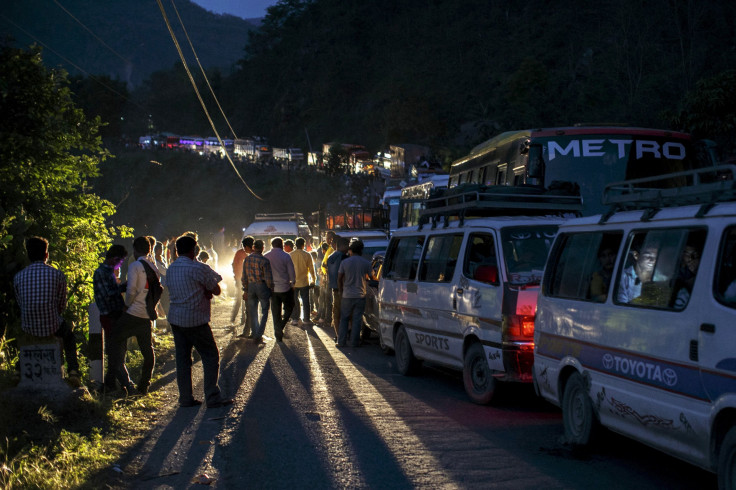Nepal Earthquake 2015: Rescuers Battle Poor Roads, Landslides As Rural Villages Await Crucial Aid

For survivors in rural Nepal villages, the wait for aid after a magnitude-7.8 earthquake struck Saturday has been agonizing, as rescuers struggle to reach remote regions and provide critical supplies. Aid organizations are ramping up operations in Kathmandu, but villages and regions distant from the capital are the hardest to reach, with some accessible only by helicopter.
Broken roads and paths blocked by landslides have hindered their efforts, while rains have stymied helicopters at times. Now, two days after the disaster struck, workers are still trying to reach some remote villages where residents lack desperately need basic necessities.
“There are people who are not getting food and shelter,” Udav Prashad Timalsina, the top official for Gorkha, a district that is close to the epicenter and one of the hardest hit, told the Associated Press. “I’ve had reports of villages where 70 percent of the houses have been destroyed.”
In Gorkha, some villages are a day or two's walk from the main village in the district, Matt Darvas, a resident of nearby Pokhara who was contributing to aid efforts with the Australian arm of the Christian aid group World Vision, wrote Monday in the Guardian. As a result, “many have been cut off by the quake,” he added. He also wrote that rescue efforts had been hampered by landslides.
In Sipa Ghat, 40 miles from Kathmandu, official aid had yet to reach the village by Monday evening local time, the Wall Street Journal reported. Heavy rains also hindered some helicopters trying to deliver aid.
“We are trying our best to clear the roads,” Kamal Singh Bam, a spokesman for Nepal’s police, told the Journal. “There is a problem with distribution to people who are not in Kathmandu.”
Roger Hodgson, deputy country director for Save the Children in Nepal, told the New York Times that getting supplies to remote areas was especially difficult. “People can’t get blankets, cooking equipment or other supplies in rural villages,” he said.
© Copyright IBTimes 2024. All rights reserved.












